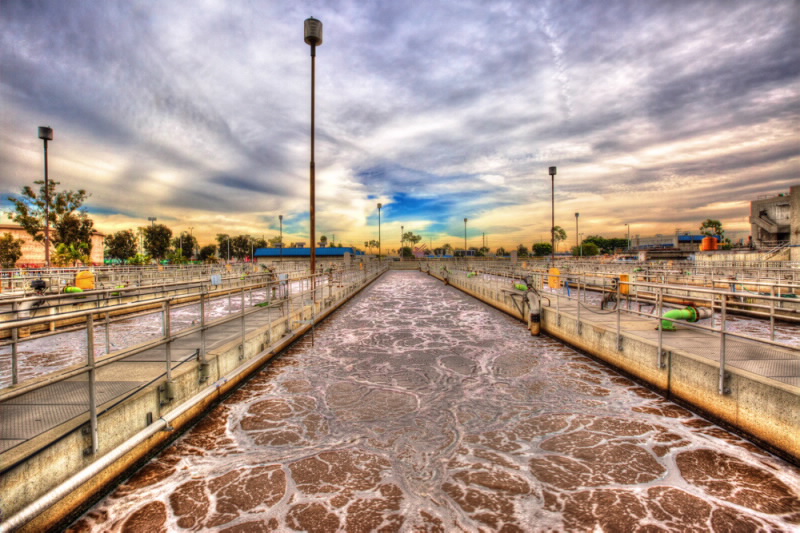By nature, water is known to be pure as it is composed of strongly bonded atoms of hydrogen and oxygen. However, the water supply across the globe has to share space with other things such as organic materials, minerals, chemicals and manmade pollutants. This brings about an undrinkable solution, since it can contain deadly bacteria and viruses, among other disease-causing agents. Luckily, mankind was able to develop different water treatment methods to allow our water supply to be safe to drink. While there are some methods that are not effective on a larger scale, all of them make untreated water potable for human consumption.
The process of treating water may have slight differences at various locations, based on the plant’s technology as well as the type of water that needs to be treated. Nevertheless, the basic principals are the same. The following section talks about the standard processes of water treatment.
Coagulation / Flocculation
Coagulation is adding liquid aluminum sulfate or alum and/or polymer to raw or untreated water. The resulting mixture causes the dirt particles in the water to coagulate or stick together. Then, the groups of dirt particles attach together, forming larger particles named flocs that can easily be removed via filtration or settling.
Sedimentation
When water and flocs undergo the treatment process, they go into sedimentation basins. Here, water moves slowly, making the heavy floc particles settle to the bottom. Floc that accumulates on the bottom is known as sludge. This is carried on to drying lagoons. Direct Filtration does not include the sedimentation step and the floc is just removed by filtration.
Filtration
In filtration, water passes through a filter, which is made to take away particles from the water. Such filters are composed of gravel and sand or sometimes crushed anthracite. Filtration gathers together impurities that float on water and boosts the effectiveness of disinfection. Filters are regularly cleaned by means of backwashing.
Disinfection
Before water goes into the distribution system, it is disinfected to get rid of disease-causing bacteria, parasites and viruses. Chlorine is also applied since it is very effective.
Sludge Drying
Solids that have been gathered and removed from water via sedimentation and filtration are transferred to drying lagoons.
Fluoridation
Fluoridation treats water supplies of communities to adjust the concentration of free fluoride ions to an optimal level so that dental cavities can be reduced. It is compulsory for Hunter Water to perform water fluoridation to conform to the NSW Fluoridation of Public Water Supplies Act 1957.
pH Correction
To adjust pH levels, lime is combined with filtered water. This, also, stabilizes naturally soft water so corrosion can be minimized in the water distribution system and plumbing of customers.

